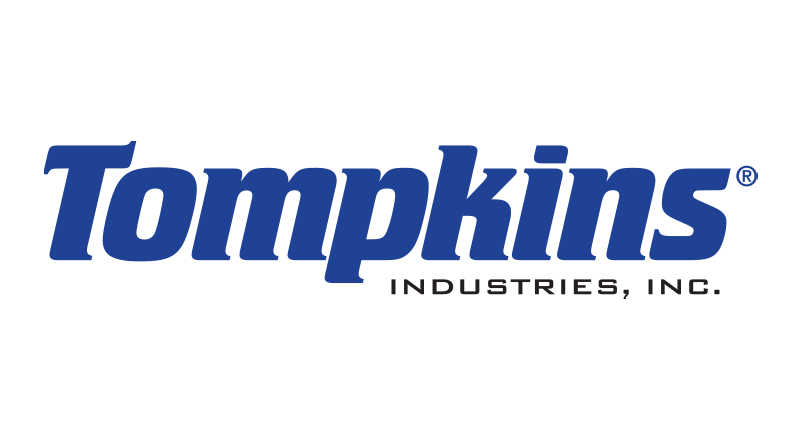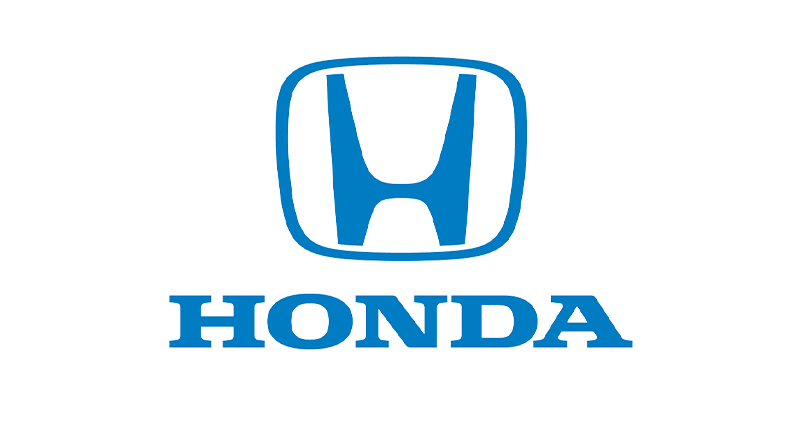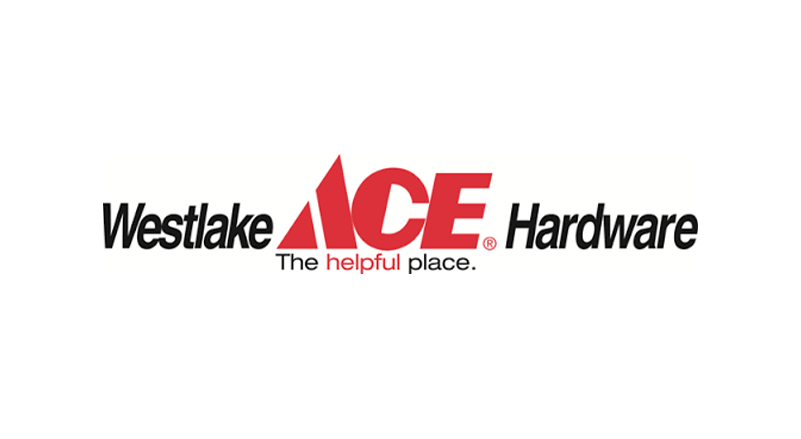How LEDs can Increase the Life of your HVAC
In our blogs, (and just about every other news media forum these days,) you often read about the numerous benefits of switching to LED lighting. Everything from the obvious utility and maintenance savings, to the better visual acuity offered, to the tax break and rebate offerings available have been listed time and time again. Occasionally, you will read articles about the added safety benefits acquired from performing an LED upgrade, or perhaps even information on the psychological benefits LED lighting can have for your employees, (elevating moods and increasing productivity levels, for example.)
A commonly overlooked benefit LED lighting can offer your facility, however, is the positive impact it has on another costly operational system, your HVAC. Furniture World posted a recent article on their website in effort to remind those with any kind of showroom or warehouse facility that an LED lighting upgrade can play an important role in extending the life of your HVAC system due to the decrease of heat generated by the lighting.

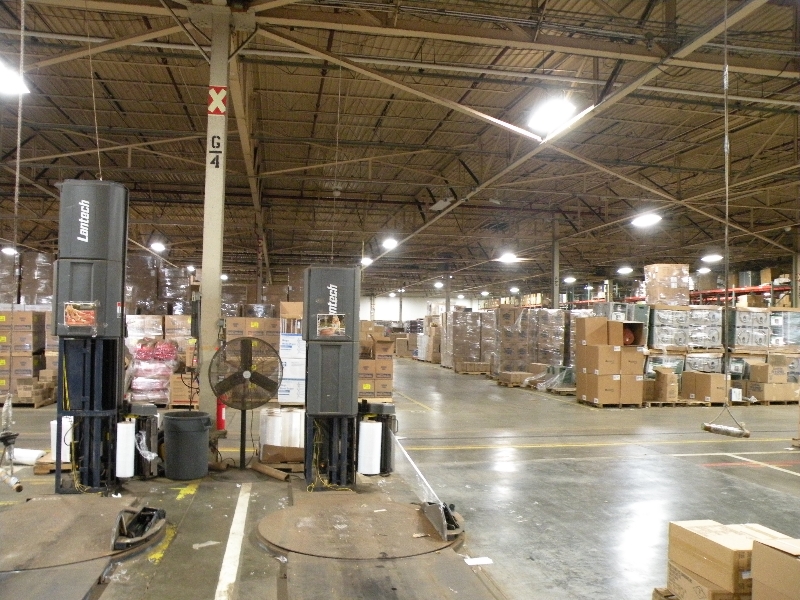
Traditional, inefficient bulbs produce a significant amount of heat, (according to the article, in excess of 350 degrees in some cases,) which increases the temperature of the space being lit. Additionally, of the energy used to power the bulbs, "60 and 80 percent is dissipated as non-light, or heat," which is clearly incredibly inefficient. Alternatively, LED lamps do not get hotter than 150 degrees, reducing the "heat generated by lighting by over 50 percent." Switching to LED bulbs will lesson the heat generated by your lighting, cooling down your facility and lessening the workload of your HVAC system, (thereby increasing its lifespan,) all the while substantially reducing the wasted energy that traditional bulbs use to heat up.
When you are ready to discuss the many ways upgrading to energy efficient LED lighting can benefit your facility, contact our specialists for a professional energy audit. The first step in achieving a green building is having a solid understanding of where and how energy is wasted. The next step will be to come up with a collaborative plan of action that fits the needs of your business. Learn more about the experience straight from our clients.
Source: Furniture World, Dan Parsley, EES Consulting

